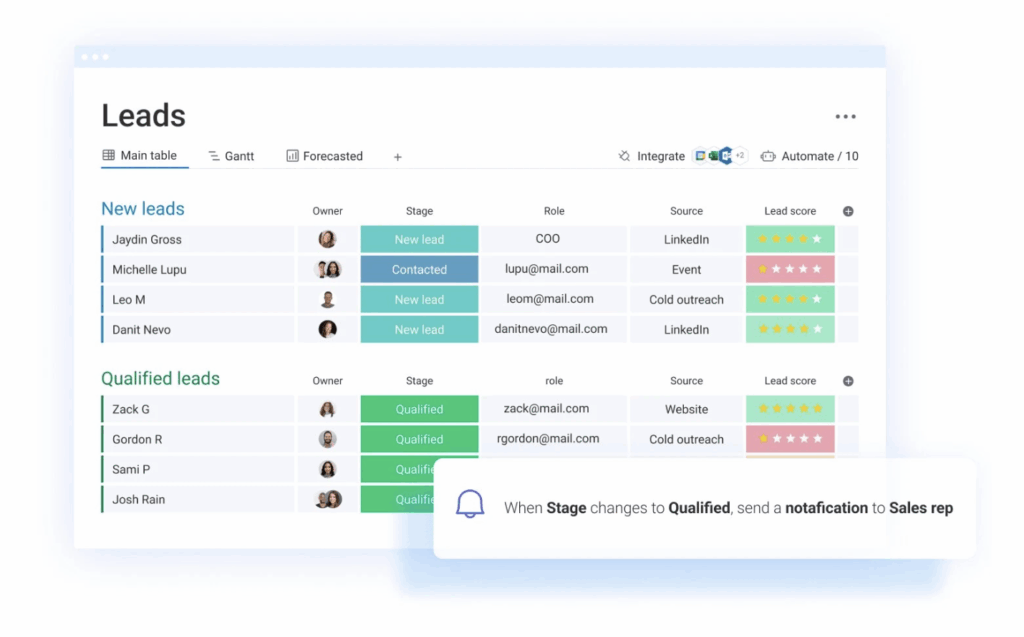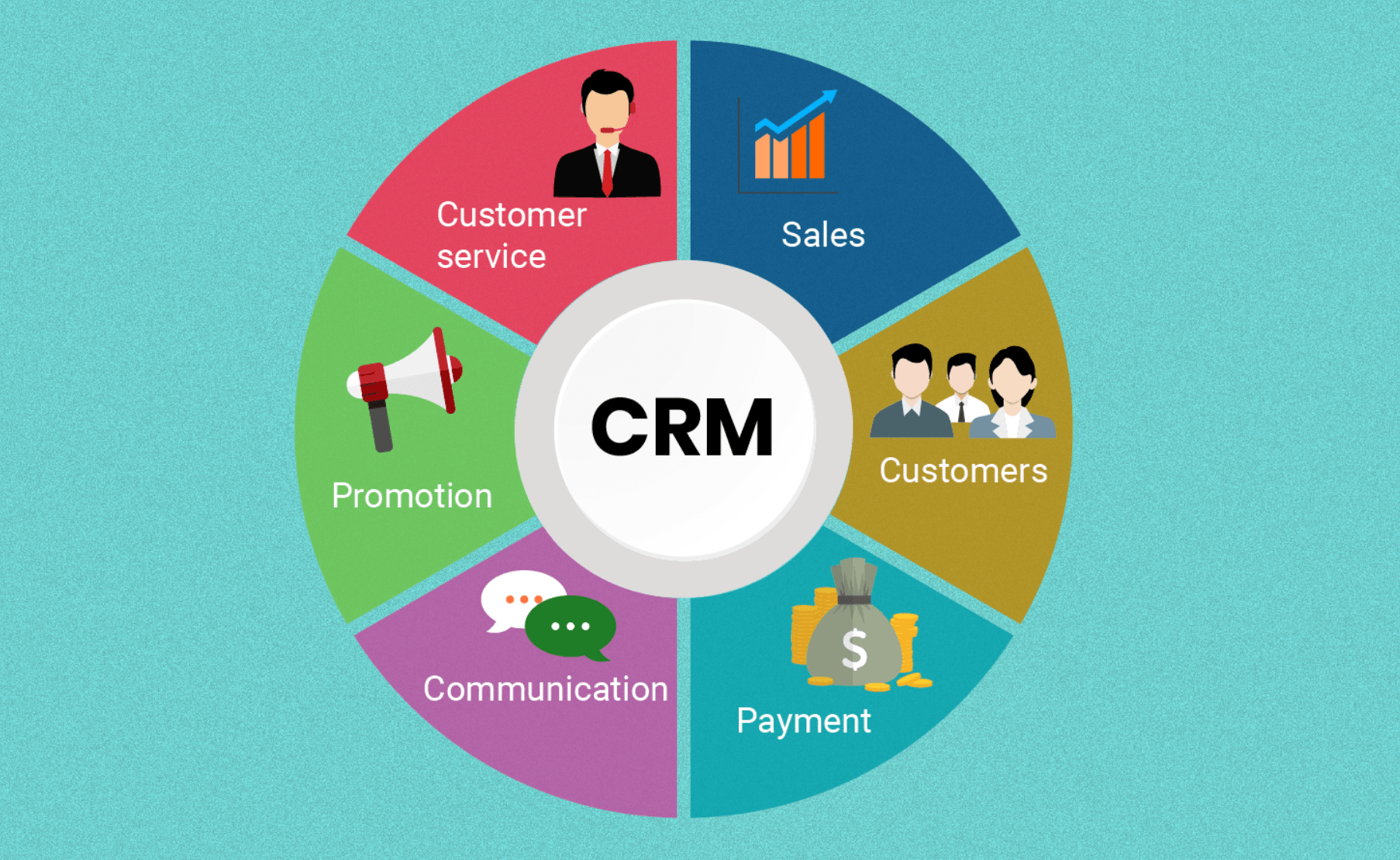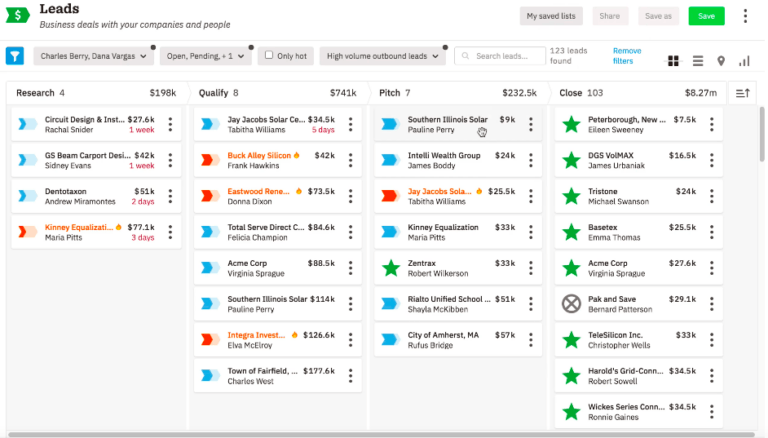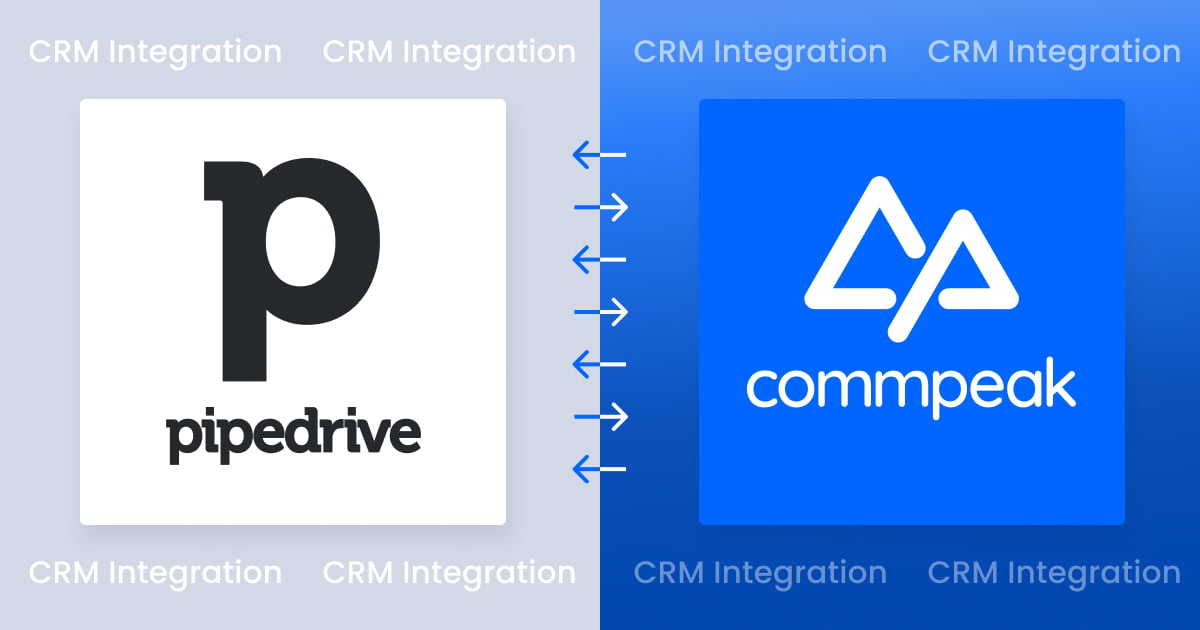
Unlock Sales Growth: The Ultimate Guide to CRM Marketing Lead Nurturing
In today’s competitive business landscape, simply generating leads isn’t enough. You need a strategic approach to cultivate those leads into paying customers. That’s where CRM marketing lead nurturing comes into play. It’s the art and science of guiding potential customers through the sales funnel, providing them with relevant information and support at every stage of their journey. This comprehensive guide will delve into the intricacies of CRM marketing lead nurturing, providing you with the knowledge and tools to transform leads into loyal customers and boost your bottom line. Get ready to learn how to maximize your CRM and turn prospects into brand advocates!
What is CRM Marketing Lead Nurturing?
At its core, CRM marketing lead nurturing is the process of building relationships with potential customers throughout the sales cycle. It involves delivering personalized content and experiences based on their interests, behaviors, and where they are in the buying journey. Think of it like a carefully orchestrated dance, where you provide the right moves (content) at the right time (stage) to guide your prospects towards a successful close. It’s not about being pushy; it’s about being helpful.
Here’s a breakdown of the key elements:
- CRM (Customer Relationship Management): This is the technological backbone of your nurturing efforts. It’s where you store customer data, track interactions, and automate workflows.
- Marketing Automation: This is the engine that drives the nurturing process. It allows you to send targeted emails, personalize website content, and trigger actions based on lead behavior.
- Lead Segmentation: Dividing your leads into specific groups based on demographics, interests, and behavior allows you to tailor your messaging for maximum impact.
- Content Strategy: Creating valuable content – blog posts, ebooks, webinars, etc. – that addresses the needs and pain points of your target audience at each stage of the buying cycle.
- Personalization: Making your communications feel like they’re specifically crafted for each individual lead. This goes beyond just using their name; it’s about understanding their needs and preferences.
Why is Lead Nurturing Crucial?
In the fast-paced world of business, lead nurturing is no longer optional; it’s a necessity. Here’s why:
- Increased Conversion Rates: Nurturing leads significantly boosts conversion rates. By providing timely and relevant information, you move prospects closer to a purchase decision.
- Shorter Sales Cycles: Nurturing helps to accelerate the sales cycle. Leads are better informed and more prepared to buy, reducing the time it takes to close a deal.
- Improved Customer Loyalty: Nurturing doesn’t end with the sale. It fosters long-term relationships, leading to increased customer loyalty and repeat business.
- Higher ROI: By optimizing your marketing efforts and focusing on qualified leads, you can achieve a higher return on investment (ROI).
- Better Lead Qualification: Nurturing helps you identify the leads that are most likely to convert, allowing you to prioritize your sales team’s efforts.
- Enhanced Brand Reputation: Providing valuable content and personalized experiences builds trust and positions your brand as a thought leader.
The Benefits of a Well-Executed Lead Nurturing Strategy
Implementing a robust lead nurturing strategy yields a multitude of benefits that directly impact your business’s success. Let’s unpack some of the key advantages:
- Increased Sales Revenue: This is the most obvious benefit. By guiding leads through the sales funnel and converting them into customers, lead nurturing directly contributes to increased sales revenue.
- Reduced Cost Per Acquisition (CPA): Lead nurturing optimizes your marketing spend by focusing on the most promising leads. This leads to a lower CPA and a more efficient use of your marketing budget.
- Improved Sales and Marketing Alignment: Lead nurturing facilitates collaboration between sales and marketing teams. Both teams work together to nurture leads, share data, and ensure a seamless customer experience.
- Enhanced Customer Lifetime Value (CLTV): Nurturing doesn’t stop after the initial sale. It fosters long-term relationships, leading to increased customer loyalty and a higher CLTV.
- Data-Driven Insights: Lead nurturing provides valuable data about your leads’ behavior, interests, and preferences. This data can be used to refine your marketing strategies and improve your overall performance.
Key Stages of the Lead Nurturing Process
The lead nurturing process is typically divided into several key stages, each representing a different level of engagement and information exchange. Understanding these stages is crucial for creating effective nurturing campaigns.
- Awareness Stage: This is the initial stage where potential customers become aware of your brand and the problems you solve. Your goal here is to generate interest and capture their attention.
- Content: Blog posts, social media updates, infographics, and videos.
- Focus: Educating prospects about their pain points and introducing your brand.
- Interest Stage: In this stage, leads show an interest in your products or services. They may download a piece of content, attend a webinar, or visit your website.
- Content: Ebooks, white papers, case studies, and webinars.
- Focus: Providing more in-depth information and demonstrating your expertise.
- Decision Stage: Leads are now actively considering your solution. They’re comparing your offering to competitors and evaluating their options.
- Content: Product demos, free trials, pricing guides, and customer testimonials.
- Focus: Showcasing your value proposition and addressing any remaining objections.
- Action Stage: This is where the lead converts into a customer. They make a purchase, sign up for a service, or take another desired action.
- Content: Onboarding emails, welcome packages, and customer support resources.
- Focus: Ensuring a smooth transition and building a positive customer experience.
Creating Effective Lead Nurturing Campaigns
Building a successful lead nurturing campaign requires careful planning and execution. Here’s a step-by-step guide:
- Define Your Target Audience: Before you do anything else, you need to understand who you’re trying to reach. Create detailed buyer personas that outline their demographics, interests, pain points, and buying behaviors.
- Set Clear Goals: What do you want to achieve with your lead nurturing campaigns? Increase sales? Improve customer loyalty? Define specific, measurable, achievable, relevant, and time-bound (SMART) goals.
- Segment Your Leads: Divide your leads into specific groups based on their demographics, behavior, and stage in the buying cycle. This allows you to tailor your messaging for maximum impact.
- Map the Buyer’s Journey: Understand the different stages of the buying cycle and the types of content that are most effective at each stage.
- Develop High-Quality Content: Create valuable content that addresses the needs and pain points of your target audience at each stage of the buying cycle. This includes blog posts, ebooks, webinars, case studies, and more.
- Choose the Right Channels: Determine which channels are most effective for reaching your target audience. This may include email, social media, website content, and paid advertising.
- Automate Your Workflows: Use marketing automation tools to streamline your lead nurturing efforts. This includes sending targeted emails, personalizing website content, and triggering actions based on lead behavior.
- Personalize Your Messaging: Make your communications feel like they’re specifically crafted for each individual lead. Use their name, reference their interests, and tailor your content to their needs.
- Track and Analyze Your Results: Monitor your campaign performance using key metrics such as open rates, click-through rates, conversion rates, and ROI. Use this data to refine your strategies and improve your results.
- Test and Optimize Continuously: Lead nurturing is an ongoing process. Continuously test different content, messaging, and channels to optimize your campaigns and improve your results.
Essential Tools for CRM Marketing Lead Nurturing
The right tools can significantly streamline your lead nurturing efforts and help you achieve better results. Here are some essential tools to consider:
- CRM Software: This is the foundation of your lead nurturing strategy. Popular CRM platforms include Salesforce, HubSpot CRM, Zoho CRM, and Pipedrive.
- Marketing Automation Platforms: These platforms automate your lead nurturing workflows. Popular options include HubSpot Marketing Hub, Marketo, Pardot, and ActiveCampaign.
- Email Marketing Software: Email is a critical channel for lead nurturing. Popular email marketing platforms include Mailchimp, Constant Contact, and GetResponse.
- Landing Page Builders: Create high-converting landing pages to capture leads. Popular landing page builders include Unbounce, Leadpages, and Instapage.
- Analytics Tools: Track your campaign performance and gain insights into your leads’ behavior. Popular analytics tools include Google Analytics and marketing automation platform analytics.
- Social Media Management Tools: Manage your social media presence and engage with your audience. Popular social media management tools include Hootsuite, Buffer, and Sprout Social.
Best Practices for Successful Lead Nurturing
To maximize the effectiveness of your lead nurturing campaigns, keep these best practices in mind:
- Personalize Your Messaging: Tailor your communications to each lead’s interests, behavior, and stage in the buying cycle.
- Provide Value: Offer valuable content that addresses your leads’ needs and pain points.
- Be Consistent: Maintain a consistent flow of communication to keep your leads engaged.
- Segment Your Audience: Divide your leads into specific groups based on their demographics, behavior, and interests.
- Automate Your Workflows: Use marketing automation tools to streamline your lead nurturing efforts.
- Track and Analyze Your Results: Monitor your campaign performance using key metrics and make adjustments as needed.
- A/B Test Your Content: Test different content, messaging, and channels to optimize your campaigns.
- Don’t Be Afraid to Follow Up: Follow up with leads who haven’t responded to your initial communications.
- Integrate Sales and Marketing: Foster collaboration between sales and marketing teams to ensure a seamless customer experience.
- Respect Their Time: Don’t bombard your leads with excessive emails or irrelevant content.
Common Mistakes to Avoid in Lead Nurturing
Even with the best intentions, it’s easy to make mistakes. Avoiding these pitfalls can significantly improve your lead nurturing results:
- Sending Generic Emails: Avoid sending generic, one-size-fits-all emails. Personalize your messaging to make it relevant to each lead.
- Ignoring Lead Behavior: Don’t ignore the actions your leads are taking. Use their behavior to trigger relevant content and offers.
- Over-Promoting Your Products: Focus on providing value and addressing your leads’ needs before pushing your products.
- Not Segmenting Your Leads: Sending the same content to all leads is a waste of time and resources. Segment your leads to tailor your messaging.
- Lack of Follow-Up: Don’t let leads slip through the cracks. Follow up with leads who haven’t responded to your initial communications.
- Not Tracking Your Results: If you’re not tracking your results, you won’t know what’s working and what’s not. Use analytics to monitor your campaign performance.
- Poor Content Quality: Your content should be informative, engaging, and well-written. Poor-quality content will damage your brand’s reputation.
- Not Integrating Your CRM: A CRM is crucial for lead nurturing. Ensure your CRM integrates with your marketing automation and email marketing platforms.
- Focusing Solely on the Top of the Funnel: Lead nurturing isn’t just about generating leads; it’s about guiding them through the entire sales cycle.
- Not Adapting to Change: The marketing landscape is constantly evolving. Be prepared to adapt your strategies and tactics as needed.
Measuring the Success of Your Lead Nurturing Efforts
Tracking your progress and measuring the effectiveness of your lead nurturing campaigns is essential for continuous improvement. Here are some key metrics to monitor:
- Lead Conversion Rate: The percentage of leads who convert into customers.
- Sales Qualified Leads (SQLs): The number of leads that your sales team has qualified as being ready for a sales conversation.
- Marketing Qualified Leads (MQLs): The number of leads that have shown interest in your product or service, based on their behavior.
- Click-Through Rates (CTR): The percentage of recipients who click on links in your emails.
- Open Rates: The percentage of recipients who open your emails.
- Website Traffic: The number of visitors to your website and the pages they view.
- Time to Conversion: The average time it takes for a lead to convert into a customer.
- Customer Lifetime Value (CLTV): The total revenue generated from a customer over the course of their relationship with your business.
- Return on Investment (ROI): The profit generated from your lead nurturing campaigns compared to the amount invested.
By consistently monitoring these metrics, you can identify areas for improvement and optimize your campaigns for maximum impact.
Lead Nurturing Examples in Action
Let’s look at a few real-world examples of how lead nurturing can be implemented effectively:
- Example 1: SaaS Company:
- Scenario: A SaaS company offers project management software.
- Lead Capture: They offer a free ebook on “5 Ways to Improve Project Efficiency” in exchange for an email address.
- Nurturing Sequence:
- Email 1 (Immediately): Thank you for downloading the ebook and providing links to other resources.
- Email 2 (3 days later): A case study highlighting how the software helped a similar company.
- Email 3 (5 days later): Invitation to a free webinar on project management best practices.
- Email 4 (7 days later): Special offer for a free trial of the software.
- Outcome: Increased trial sign-ups and conversions to paid subscriptions.
- Example 2: E-commerce Business:
- Scenario: An e-commerce store selling outdoor gear.
- Lead Capture: Offer a discount code for signing up for their email newsletter.
- Nurturing Sequence:
- Email 1 (Immediately): Welcome email with the discount code.
- Email 2 (3 days later): Featured product recommendations based on browsing history.
- Email 3 (5 days later): Blog post on “Top 5 Hiking Trails in [Region].”
- Email 4 (7 days later): Promotion on a new line of outdoor gear.
- Outcome: Increased website traffic, sales, and customer engagement.
- Example 3: Real Estate Agency:
- Scenario: A real estate agency.
- Lead Capture: Offer a free home valuation report in exchange for contact information.
- Nurturing Sequence:
- Email 1 (Immediately): Confirmation of the home valuation report and links to local market reports.
- Email 2 (3 days later): Tips for preparing a home for sale.
- Email 3 (5 days later): Invitation to a free webinar on the current real estate market.
- Email 4 (7 days later): Personalized follow-up from a real estate agent.
- Outcome: Increased leads, appointments, and closed deals.
Integrating CRM with Lead Nurturing for Optimal Results
The symbiotic relationship between your CRM system and lead nurturing efforts is fundamental to success. A well-integrated system allows for seamless data flow, personalized interactions, and efficient workflows. Here’s how to effectively integrate your CRM:
- Data Synchronization: Ensure your CRM and marketing automation platform are connected to automatically sync data. This includes lead information, lead scores, interactions, and conversions.
- Lead Scoring: Implement lead scoring within your CRM. This helps you prioritize leads based on their behavior and engagement, making it easier for your sales team to focus on the most promising prospects.
- Segmentation: Leverage CRM data to segment your leads. This enables you to send targeted content and tailor your messaging to specific groups, increasing the relevance and effectiveness of your nurturing campaigns.
- Personalization: Use CRM data to personalize your communications. Address leads by name, reference their interests, and tailor content based on their past interactions and behavior.
- Workflow Automation: Set up automated workflows within your CRM to trigger actions based on lead behavior. For example, automatically move a lead to the sales team when they reach a certain lead score.
- Reporting and Analytics: Utilize the reporting and analytics capabilities of your CRM to track the performance of your lead nurturing efforts. Analyze key metrics like conversion rates, lead source effectiveness, and ROI.
- Sales and Marketing Alignment: Foster strong collaboration between your sales and marketing teams. Share data, insights, and strategies to ensure alignment and a seamless customer experience.
Future Trends in CRM Marketing Lead Nurturing
The landscape of CRM marketing is constantly evolving, with new technologies and strategies emerging. Staying ahead of the curve is crucial for maintaining a competitive edge. Here are some future trends to watch:
- Artificial Intelligence (AI): AI-powered tools are becoming increasingly sophisticated, enabling businesses to personalize their marketing efforts at scale. AI can be used to analyze data, predict customer behavior, and automate tasks.
- Hyper-Personalization: Customers expect personalized experiences. Businesses are using data to tailor content, offers, and experiences to each individual customer.
- Omnichannel Marketing: Customers interact with brands across multiple channels. Businesses are integrating their marketing efforts across channels to provide a seamless customer experience.
- Video Marketing: Video is becoming increasingly popular as a way to engage customers. Businesses are using video to create educational content, product demos, and testimonials.
- Conversational Marketing: Chatbots and other conversational tools are being used to engage customers in real time. This allows businesses to provide instant support, answer questions, and qualify leads.
- Focus on Privacy: With increasing awareness of data privacy, businesses need to prioritize data security and transparency. They must comply with data privacy regulations and be transparent about how they collect and use customer data.
- Emphasis on Customer Experience: Customer experience is becoming a key differentiator. Businesses are focusing on providing exceptional customer experiences to build loyalty and drive repeat business.
Conclusion: Embrace the Power of Lead Nurturing
CRM marketing lead nurturing is a powerful strategy for transforming leads into loyal customers and driving business growth. By understanding the key concepts, implementing effective campaigns, and leveraging the right tools, you can significantly improve your conversion rates, shorten sales cycles, and build stronger customer relationships. Embrace the power of lead nurturing and watch your business thrive! It’s time to move beyond simply collecting leads and start cultivating those relationships. The future of sales is about building trust, providing value, and guiding your prospects to success.
By implementing the strategies outlined in this guide, you’ll be well-equipped to navigate the complexities of lead nurturing and achieve remarkable results. Remember, it’s not just about the sale; it’s about building lasting relationships that benefit both your business and your customers. So, take action, refine your approach, and watch your business flourish.





